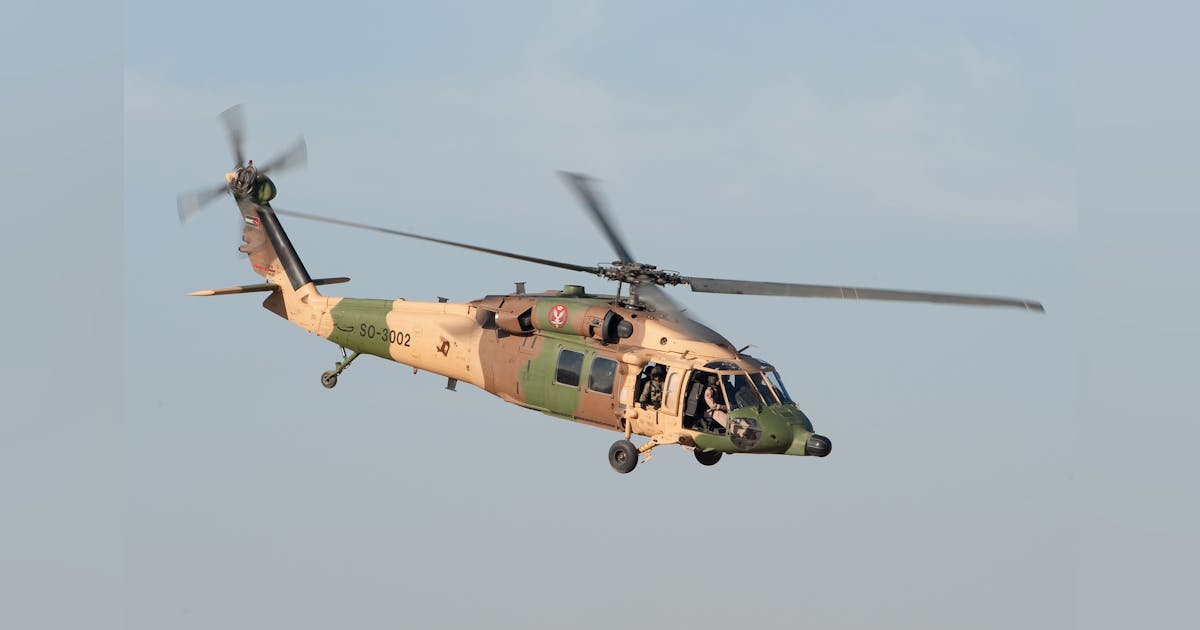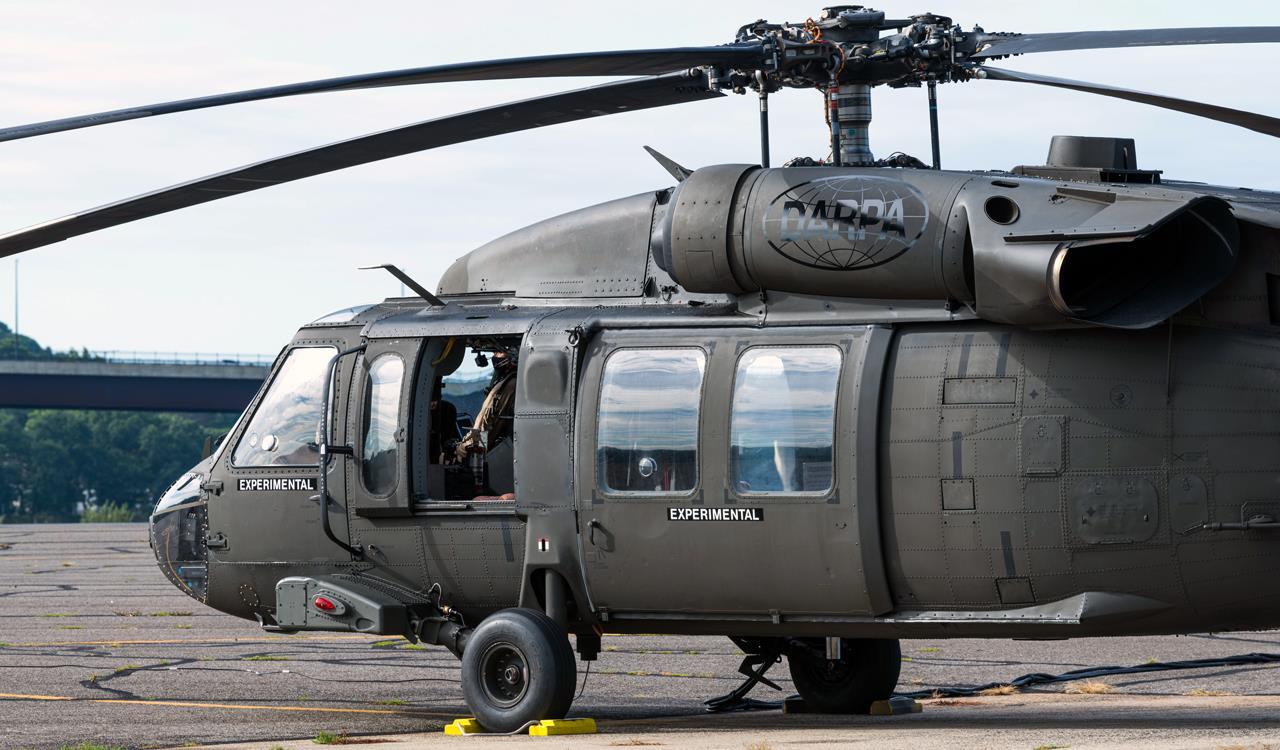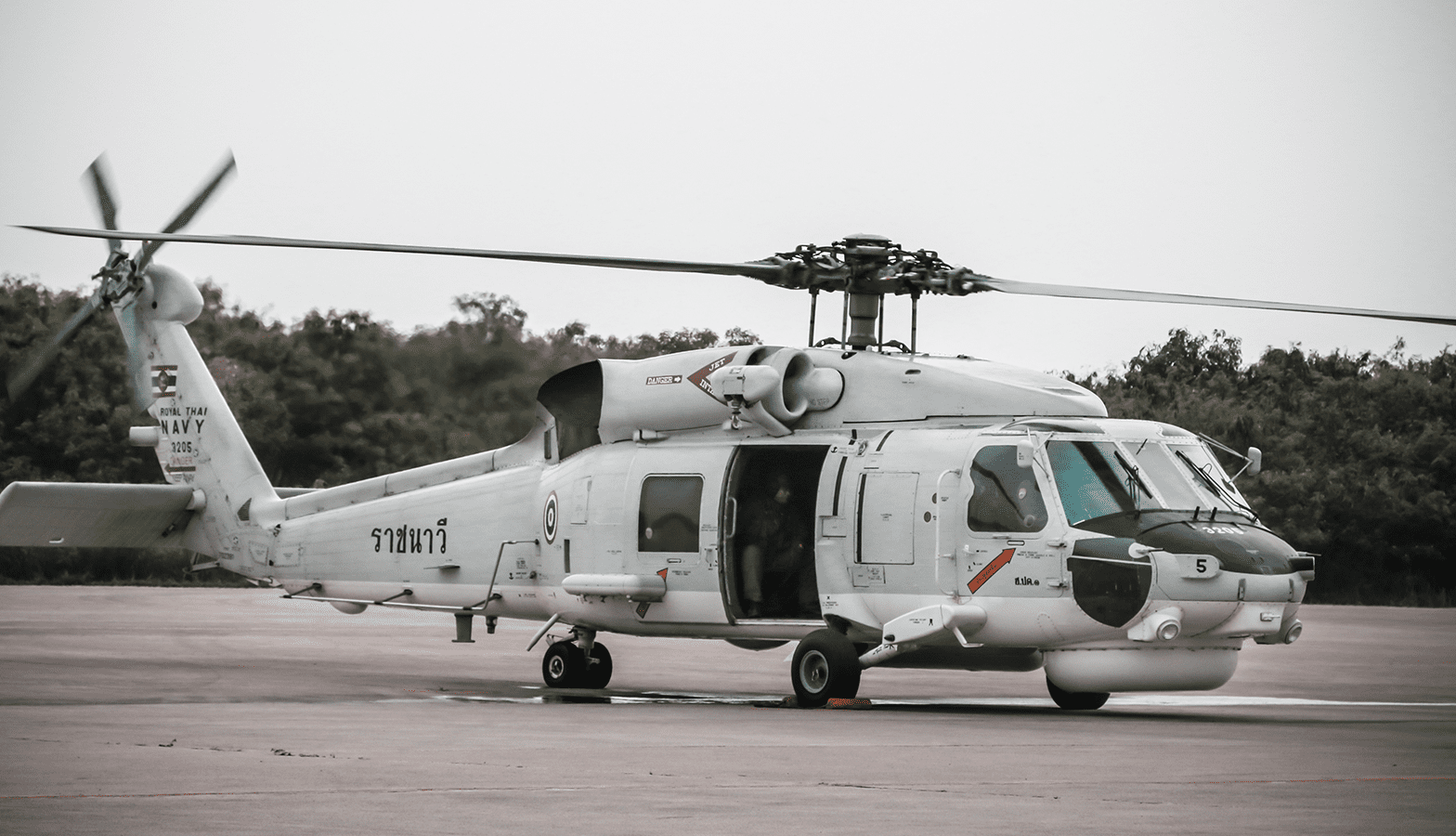The UH 60: A Versatile Aircraft for Armed Force and Civilian Usage
The UH-60 helicopter, with its origins going back to the late 1970s, has developed into a critical asset for both civilian and military industries. Its multifunctional capabilities, varying from army transportation to emergency situation clinical services, show an exceptional flexibility to different operational demands. As technical improvements remain to enhance its efficiency and flexibility, the effects of these advancements for future applications call for mindful evaluation. Understanding the full range of the UH-60's impact might expose insights right into its potential trajectory and significance in a progressively intricate operational setting (uh 60).
Historic Summary of the UH-60

Initially, the UH-60 was released to support army transport, medical emptying, and logistical operations. Its intro noted a significant improvement in helicopter innovation, incorporating cutting edge avionics and survivability features. The Black Hawk's capability to operate in difficult settings, consisting of negative climate condition and battle areas, strengthened its online reputation as a trustworthy workhorse.
Throughout the years, the UH-60 has gone through countless upgrades and versions, adapting to the evolving requirements of armed forces procedures. Its legacy consists of participation in essential disputes, showcasing its adaptability and effectiveness in various situations. The Black Hawk continues to be a cornerstone of military aviation, demonstrating the withstanding importance of technology in aerial transport and support.
Armed Force Applications and Objectives
Frequently released in diverse operational contexts, the UH-60 Black Hawk helicopter serves a wide variety of army applications that are crucial to mission success - uh 60. This functional aircraft is mainly made use of for troop transport, enabling quick motion of soldiers to and from battle zone. Its ability enables the transportation of up to 11 totally furnished soldiers, making it a necessary possession for ground pressures
The UH-60 is additionally important to medical discharge goals, providing quick support for injured employees under fire. Equipped with sophisticated clinical facilities, it can transport casualties while guaranteeing continuous healthcare. In addition, the helicopter's energy reaches reconnaissance and surveillance missions, where it collects vital knowledge and boosts situational awareness for commanders.
In addition, the Black Hawk is often used for logistical assistance and supply objectives, delivering crucial tools and arrangements to troops in remote locations. Its versatility is further showed via its capability to run in diverse atmospheres, from metropolitan settings to tough terrains. Overall, the UH-60 Black Hawk remains a foundation of modern-day military operations, symbolizing convenience, dependability, and performance in satisfying mission purposes.
Civilian Uses and Adjustments
Beyond armed forces applications, the UH-60 Black Hawk helicopter has actually located a series of private usages and adaptations that display its convenience. Initially developed for troop transport and logistical support, this airplane has been efficiently adapted for different private duties, consisting of emergency medical solutions (EMS), find firefighting, and search and rescue operations.
In emergency situation medical services, the UH-60 can promptly deliver individuals to healthcare facilities, geared up with advanced medical equipment and personnel. Its rate and ability to move allow rapid reaction in critical scenarios, which is important in saving lives. Moreover, the helicopter's huge cabin enables clinical groups to operate successfully during flights.
In firefighting, the UH-60 has been changed to lug water or fire retardant, making it an effective tool in combating wildfires. Its capacity to float and maneuver in challenging surfaces offers significant benefits over conventional ground-based firefighting techniques.

Technological Innovations
How has the evolution of innovation influenced the capabilities of the UH-60 Black Hawk helicopter? The UH-60 has actually gone through substantial improvements since its creation, greatly enhancing its functional effectiveness. One pivotal technology is the integration of innovative avionics, which includes electronic flight control systems and multifunction displays, enhancing situational understanding for pilots. This enables much better navigating and objective preparation, specifically in difficult environments.

In addition, the incorporation of composite materials in the airframe has minimized weight while preserving architectural honesty, adding to enhanced haul capability and gas efficiency. The helicopter's blades system has actually also gained from technical innovations, such as noise decrease modern technologies and improved aerodynamic style, which improve both efficiency and stealth capabilities.
Moreover, the UH-60's adaptability to various mission accounts is boosted by modular systems, enabling fast reconfiguration for functions ranging from medevac to army transportation. uh 60. The introduction of advanced communication systems guarantees real-time data sharing and coordination during goals, which is vital in modern-day battle scenarios. Jointly, these technical technologies have actually transformed the UH-60 into a powerful and functional property in both military and civilian applications
Future Prospects and Dopes

In addition, continuous study into different power sources, such as hybrid-electric propulsion, offers a possibility for boosted fuel efficiency and reduced ecological impact. This straightens with both armed forces and noncombatant goals for sustainability. The UH-60's flexibility to various roles, from clinical evacuation to search and rescue, guarantees its ongoing significance in varied functional contexts.
Furthermore, collaborations with protection service providers are fostering developments in weapons and sensor innovation, making it possible for the Black Hawk to properly counter modern dangers. As the army landscape evolves, the UH-60's design will likely embrace modularity, enabling quick reconfiguration based upon mission requirements. Overall, the future of the UH-60 is bright, identified by enhanced efficiency, adaptability, and a steady commitment to fulfill the obstacles of contemporary warfare and humanitarian efforts.
Final Thought
The UH-60 helicopter exemplifies versatility with its twin function in armed forces and civilian procedures. As continuous developments proceed to improve its abilities, the UH-60 stays a vital possession across various functional atmospheres.
The UH-60 Black Hawk helicopter, a crucial asset in contemporary armed forces aviation, was first introduced in the late 1970s as part of the U.S. Army's quest for a versatile and trustworthy energy helicopter.Often released in diverse operational contexts, the UH-60 Black Hawk helicopter offers a wide variety of army applications that are crucial to objective success. On the whole, the UH-60 Black Hawk continues to be a keystone of contemporary armed forces operations, embodying adaptability, dependability, and effectiveness in fulfilling goal purposes.
As the military landscape progresses, the UH-60's design will likely welcome modularity, enabling for quick reconfiguration based on mission requirements.The UH-60 helicopter exemplifies adaptability through its twin duty in private and armed forces procedures.